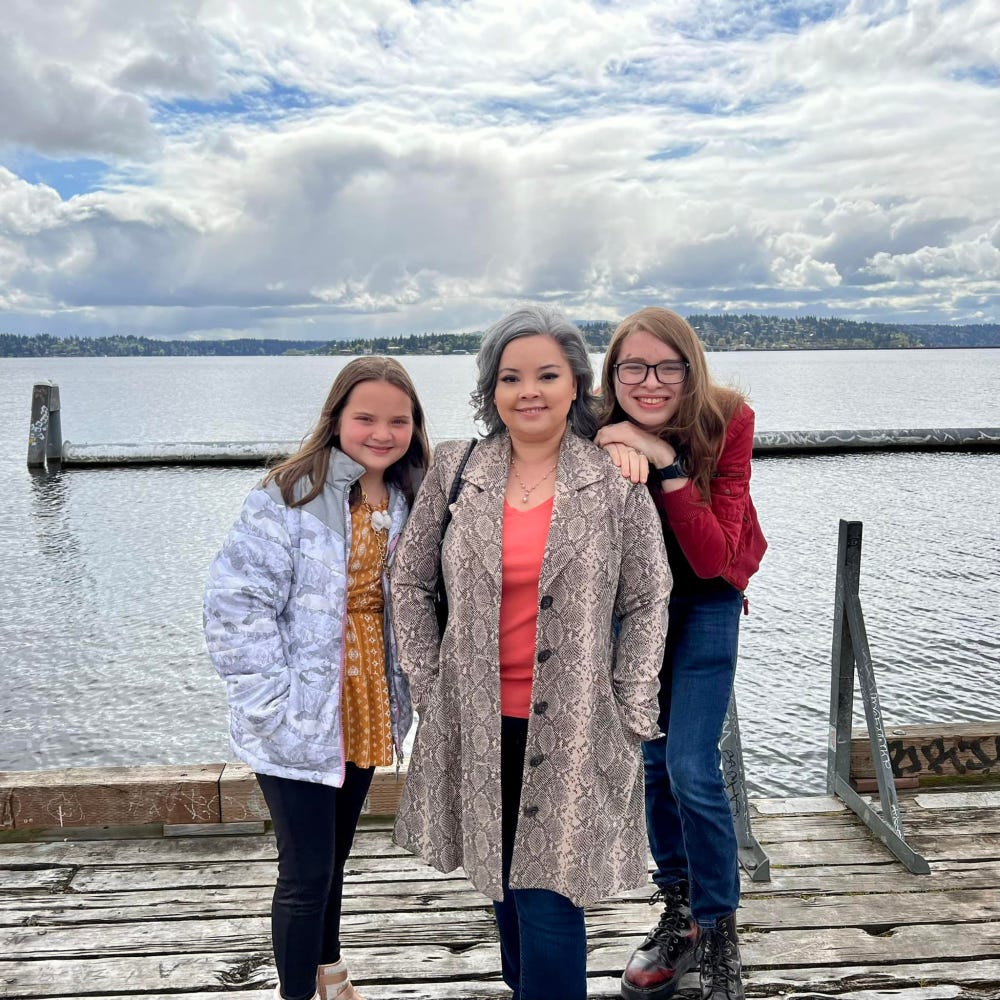When Inclusion Isn’t Just a Policy—It’s Personal
What happens to your rainbow logo on July 1st?
For too many organizations, Pride Month is a box to check, not a catalyst for change. As June closes, let’s talk about what real allyship looks like—because inclusion isn’t a seasonal accessory.
For organizations aiming to outperform, Pride Month is more than a calendar event—it’s a litmus test for your culture. The ROI of inclusion is real: higher retention, greater innovation, and a workforce that brings their best ideas forward every day.
And for many of us, inclusion is personal. When my oldest daughter came out, my first instinct was to build a fortress of safety at home. But as she navigated her first job search—researching companies not just for pay, but for inclusion—I realized that true belonging can’t be limited to our living rooms. It must be built into every workplace.
A Personal Turning Point
Transitions are hard by nature - some harder than others. For my transgender teenager, evolving into the person you were always supposed to be in front of your family and peers while everyone was emerging from a pandemic was particularly complicated. As her parent, there were many turning points in our journey together.
One especially memorable moment was when she applied for her first job after changing her identity. As her parent, it was my job to support and guide, but I also understood the importance of letting her lead.
I can remember her researching each potential employer, including their willingness to hire and train at entry level, and especially their policies regarding inclusion and how they support LGBTQIA+ employees. She was mature enough to know that her best chances of success lay in choosing a place where she will feel as if she belongs. At bare minimum, she knew that she certainly could never work where policies set up a situation in which being her authentic self would be used against her in any way.
When my daughter asked me to drive her to an interview with the local Fred Meyer, I was both excited for her and anxious about what she was about to experience. In her research, she found that the store had inclusive policies and would respect her identity, but as we all know, how policies are enforced, and in what spirit, can be a very different story.
I remember sitting in the car, waiting for her interview to end, saying silent prayers that her first job interview would not give her a first experience of discrimination or bias. My fear was that she would be too intimidated or disappointed to keep trying.
You can imagine how it felt to see her emerge from the store with a silly grin on her face, waving a folder of new hire paperwork! I was overwhelmed with relief, pride, and gratitude to this company for not letting either of us down. Not only did they give my teen her first job, but they made her feel welcome and celebrated, not just tolerated.
That moment taught me that inclusion isn’t just a corporate value—it’s a daily practice.
There is no easy or quick formula to making inclusion a part of a corporate culture. It requires the right kind of leadership with a certain level of vulnerability - listening without judgment, advocating for policies that matter, and being willing to admit what you don’t know. It’s also recognizing that every employee’s story is unique, and that true allyship means meeting people where they are.
Professional Applications
I’ve worked to bring these lessons into my own career and teach others how to apply them successfully. Whether it’s updating benefits to recognize diverse families, creating space for open conversations, or simply checking in with colleagues, I’ve learned that the most meaningful changes often start with vulnerability, empathy and curiosity.
I now lead Belonging Programs as part of a People and Culture team, and it has become the most satisfying work of my life. I'm learning how to be a better ally, a better parent, and to advocate for those who need additional support all year long. That support can take many forms besides policy. It can look like employee resource groups, educational and fun programming, helping people make connections, and applying frameworks that provide structure and consistency to inclusion efforts.
If you’re not sure where to start, try this:
Audit your benefits for inclusivity
Create regular forums for open dialogue
Normalize pronoun sharing in meetings, email signatures, and in the corporate directory
Sponsor ERGs and mentorship programs
Small steps, repeated daily, become culture. Culture carries into your home.
It has been a privilege for me to watch my daughters grow and thrive, even in a challenging and changing world. This has been encouragement to keep pushing for improvements to corporate culture and policies that foster inclusion, and to continue to share what I've learned.
What's Next
At the risk of restating the obvious, I want to continue to make inclusion and support of our LGBTQIA+ colleagues a yearlong conversation, not just a Pride Month performance. In that spirit, I've planned a series of additional articles and resources to keep the discourse moving forward.
Over the coming weeks, I’ll share practical tools and stories on topics like:
The Ally Leader Framework: A.L.L.Y. (Acknowledge, Listen, Learn, Yield Space)—a blueprint for daily action
Navigating Difficult Conversations as an Ally—scripts and strategies that work
Inclusive Leadership Starter Kit—a free download to jumpstart your efforts
…and more.
Join the Conversation
Which of these topics would help you most? Hit reply and let me know. If you have a story or tip to share, I’d love to feature your experience (with your permission) in an upcoming newsletter or podcast. Let’s build these resources together—because inclusion is a team sport.
Until next time, progress over perfection, always. Let’s do the real work—together.
Jennifer
#InclusiveLeadership #LGBTQIA #Mentorship #Allyship #HR




